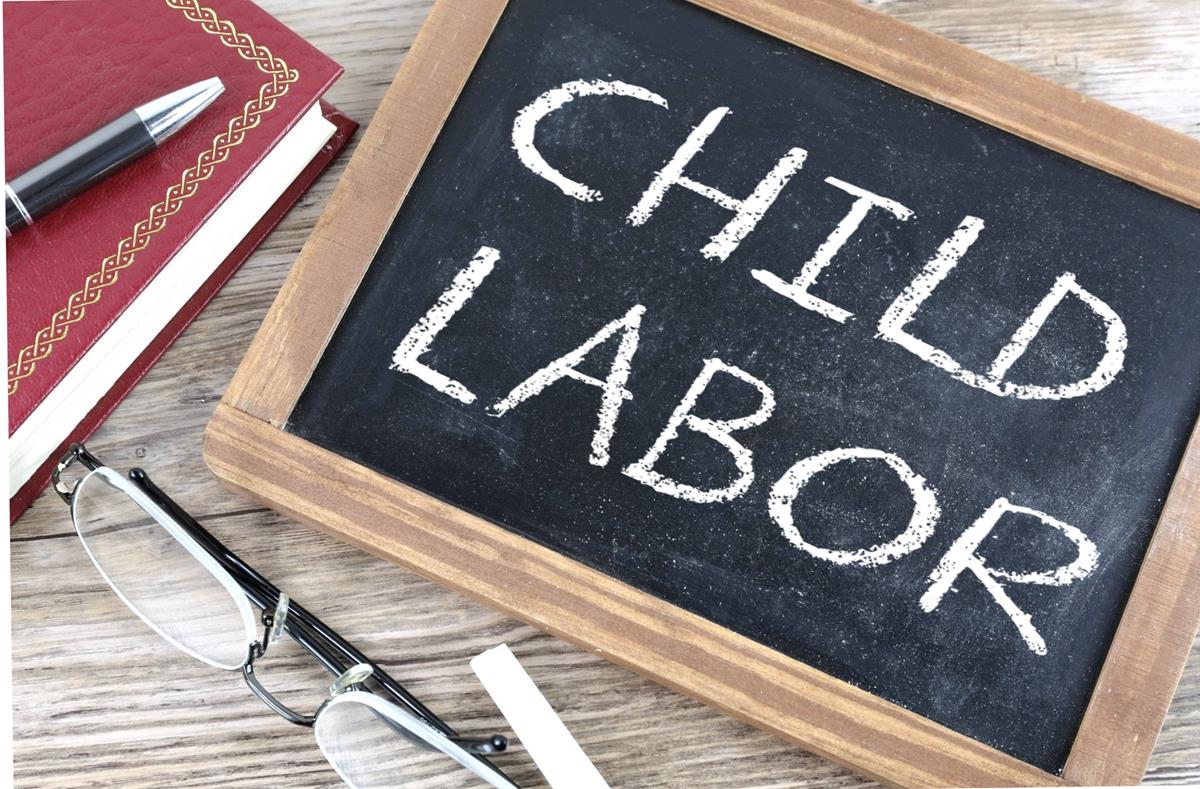Edward van Daalen on the problems with the campaign to abolish child labour by 2025
Non-hazardous work can be beneficial for children. But even hazardous child labour cannot be eliminated overnight; instead, it requires creative and localised approaches that take children’s own opinions seriously. The problem, Edward van Daalen argues, is that such pragmatism and innovation are excluded by the dominant public discourse on children’s work.
Child labour won't be eliminated by 2025, but that's not the end of the world. Here's why – and what we can focus on instead
Organised by the UN International Labour Organisation (ILO), the 5th Global Conference on the Elimination of Child Labour took place in Durban, South Africa from the 15th to the 20th of May of this year. In the outcome document, delegates representing ILO member states have renewed their commitment to eliminating all forms of child labour by 2025, as stipulated by the UN Sustainable Development Goals (SDGs).
However, as any expert in attendance would have admitted, this objective will not be achieved. Not within the next three years, not in the foreseeable future, and perhaps never. For many, the observation that child labour might never be abolished is ‘unacceptable’. But it becomes much less depressing, cynical, or defeatist once we understand what the ILO actually wants to eliminate.
Few would contest that children in particular should not be engaged in work that is in any way harmful to them. But if we take the ILO’s widely publicised – but highly unreliable – global estimates of child labour, about half of the 160 million children in child labour are engaged in ‘non-hazardous work’. While this figure does not legitimise child labour, it does reveal an important complexity ignored by the global advocacy depiction of child labour as a form of modern slavery. Type ‘child labour’ into any online image search engine and you will see how prevalent this simplistic characterisation is.
It was thus no coincidence that the 2025 goal for abolishing child labour was included within the ‘modern slavery target’ of the SDGs. In other words, the global goal is primarily a rhetorical device – effective in raising awareness and momentum but entirely unrealistic as a policy framework.
This is all due to the high complexity of child labour. Often, ‘child labour’ is a shock-absorber for poor families who bear the brunt of severe inequality caused by failing governments, neo-liberal policies, a lack of social protection services, and the devastating effects of military occupation, wars, and global disasters such as the ongoing climate crisis and the Covid-19 pandemic.
There is a case to be made for why non-hazardous work can be beneficial for children and should not even be abolished in the first place. But even those worst or hazardous forms of child labour cannot be addressed, let alone ‘eliminated’, overnight. It is not as simple as shouting that children should be ‘learning not earning’. The ‘education solution’ is problematic because adequate schooling is not always available and because many children have to work to afford formal schooling for themselves or their siblings. Like all deep-rooted social issues, adequate schooling requires a radical but structural socio-economic change which, unfortunately, is not realistically achievable within 3, 5, or 10 years, even with all the ‘awareness’ and ‘political will’ in the world.
The complex and highly diverse realities concealed behind the legal category of ‘child labour’ demand and deserve flexible, localised, and creative approaches that take children’s own experiences and opinions seriously. The problem is that such pragmatism and innovation are disparaged, obscured, and excluded by the dogmatic ideology, the misleading advocacy campaigns, and the global time-bound goals that have come to dominate public discourse.
As child labour will neither be eliminated by 2025 nor any time soon, it remains crucial to continue creating and facilitating alternative spaces for critical stakeholders to freely share their expertise, insights, and experiences. My colleague Mohammed Al-Rozzi and I were asked to make a modest effort to do just that. In a special series for Beyond Trafficking and Slavery, we invited over a dozen academics, practitioners, policy makers, and working children themselves to tell us what they believe can and should be done to support working children and their families and communities. All these contributions have now been assembled and published in a freely accessible e-book, and our interview about this book will be published on the CLPN website soon. May this book help improve the approach to children’s work.
